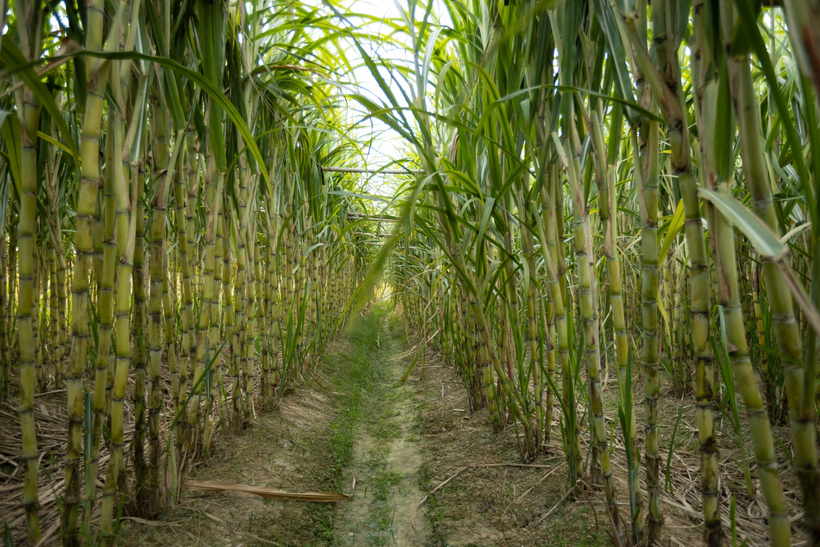
In a world driven by a growing awareness of climate change and the need for sustainable solutions, the quest for the best renewable energy source is more critical than ever. As we stand at the crossroads of environmental stewardship and energy efficiency, the debate rages on which renewable energy source holds the key to a cleaner, greener future. Let’s journey through the renewable energy landscape to unravel the strengths and weaknesses of various options, shedding light on the quest for the ultimate sustainable energy solution.
Solar Power: Harvesting the Power of the Sun
Undoubtedly the poster child of renewable energy, solar power has witnessed remarkable advancements in recent years. Solar panels, converting sunlight into electricity, adorn rooftops and vast solar farms across the globe. The allure lies in its abundance and accessibility. The sun, a perpetual energy source, offers an almost limitless supply.
However, challenges persist. The efficiency of solar panels varies, and the technology demands significant initial investments. Moreover, intermittent solar power poses storage challenges, as the sun sometimes shines. Despite these hurdles, ongoing research and innovations, such as advanced storage solutions and improved panel efficiency, position solar power as a formidable contender in the renewable energy race.
Wind Energy: Harnessing the Whispers of the Wind
Wind turbines, gracefully turning in the breeze, symbolize the promise of wind energy. This renewable source capitalizes on the kinetic energy the wind generates, converting it into electricity. Wind power’s potential is vast, particularly in regions with consistent and strong winds.
Yet, critics argue that the visual impact and noise associated with wind farms raise concerns, along with the intermittent nature of the wind itself. Like solar, advancements in energy storage technology aim to mitigate these issues, while ongoing research explores innovations in turbine design and efficiency. As technology evolves, wind energy remains a contender in the quest for sustainable power.
Hydropower: Tapping into Nature’s Flow
Embracing the power of flowing water, hydropower has long been a stalwart in the renewable energy portfolio. Dams and turbines convert the energy of moving water into electricity, offering a reliable and consistent power source. Large-scale hydropower projects can generate significant electricity, contributing to grid stability.
However, the environmental impact of dams, including habitat disruption and altered water flow, raises concerns. Additionally, the feasibility of large-scale hydropower projects may be limited by geographical constraints. As society grapples with the environmental implications, small-scale hydropower and run-of-river project innovations emerge as more sustainable alternatives.
Geothermal Energy: Tapping into Earth’s Inner Heat
Beneath the Earth’s surface lies a heat reservoir waiting to be harnessed. Geothermal energy exploits this internal warmth, using steam or hot water to generate electricity. With a continuous and consistent power source, geothermal energy boasts a high level of reliability.
While geothermal power plants have a smaller environmental footprint than other renewable options, their implementation is geographically constrained to regions with accessible geothermal reservoirs. Technological advances, such as enhanced geothermal systems, promise to expand the reach of geothermal energy beyond these limited areas.
Bioenergy: Power from the Natural World
Derived from organic materials like plants and animal waste, bioenergy encompasses various sources, including biomass, biogas, and biofuels. The appeal of bioenergy lies in its versatility, with applications ranging from heating and electricity generation to transportation fuels.
However, bioenergy sustainability hinges on responsible sourcing to prevent deforestation and land-use conflicts. Striking a balance between meeting energy needs and preserving ecosystems remains a challenge. Ongoing research focuses on optimizing bioenergy production processes and ensuring feedstocks are derived from sustainable sources.
Conclusion: A Tapestry of Renewable Solutions
There is no one-size-fits-all solution in the quest for the best renewable energy source. Instead, a tapestry of diverse options emerges, each with unique strengths and challenges. The future of sustainable energy likely involves a blend of these sources, strategically integrated to address specific needs and geographic considerations.
As technology advances and our understanding of renewable energy deepens, the optimal solution may evolve. The key lies not in finding a singular “best” source but in embracing a holistic approach that combines the strengths of various renewables. Through collaboration, innovation, and a commitment to sustainability, we can navigate the intricate landscape of renewable energy, weaving together a cleaner, greener future for future generations.